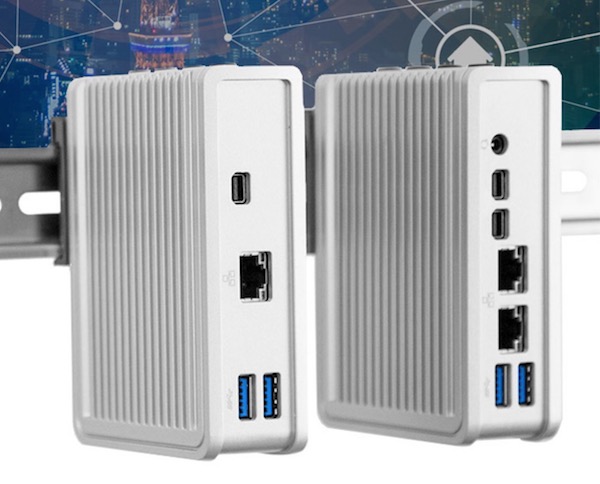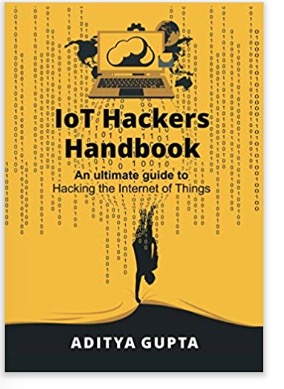Recent Posts
Ultra Small Form Factor PC For Internet-of-Things (IoT) Applications
Posted by on
Global computer hardware manufacturer Logic Supply has announced their CL200 Ultra Small Form Factor computer, built to power innovation at the network's edge. Surrounded by an ultra-durable cast aluminum enclosure, and configurable with Wi-Fi, Bluetooth and 4G connectivity, the CL200 has been engineered to bring reliability to the Internet-of-Things (IoT).
Both models in the CL200 Series are powered by an efficient Intel® Apollo Lake Celeron processor and measure a mere 83 x 116 x 34 mm. The base model CL200, running on Linux Ubuntu 16.04, features 1 GB of RAM and 8 GB of onboard storage. The CL210 steps up to 2 GB of RAM and 32 GB of storage, and can be configured with Ubuntu or Windows 10 IoT. A built-in MicroSD card slot on both models enables additional removable storage.
I/O on the CL200 includes one mini DisplayPort™ capable of 1080p or 4K resolution, one Gigabit LAN port, and two USB 3.0. The CL210 features two mini DisplayPorts capable of dual 1080p or single 4K resolution, dual Gigabit LAN, two USB 3.0 and also adds a 3.5 mm audio jack. Both systems have an additional USB 2.0 port and RS-232 box header on the bottom, and are configurable with Wi-Fi/Bluetooth and Logic Supply's Extrovert 4G LTE capability.
2017 has seen IoT devices being hacked like never before. We have seen attacks such as the Mirai Botnet, vulnerabilities in popular cars, hacking of IoT rifles, attackers taking advantage of smart toys and the list goes on.
Everything is getting connected like never-before, yet, security is one of the last thoughts during the product launch stage for most of the manufacturers. This book can be treated as a technical journey into mistakes which manufacturers make while building IoT devices, or the so-called “smart things”.
The IoT Hackers Handbook is written in a beginner-friendly way covering everything from the extreme basics and then using exercises and labs to have the readers learn-by-doing.
Some of the contents that are covered in the book include: Embedded Device Exploitation Firmware Exploitation and Emulation Hardware communication protocols – UART, SPI etc. JTAG debugging and exploitation Software Defined Radio, ZigBee and BLE Exploitation.
After reading the book, you will be able to understand the various security vulnerabilities crippling the Internet of Things devices, and how you can play a major role in identifying these security issues, thus making the IoT ecosystem safer.
 Loading... Please wait...
Loading... Please wait...


